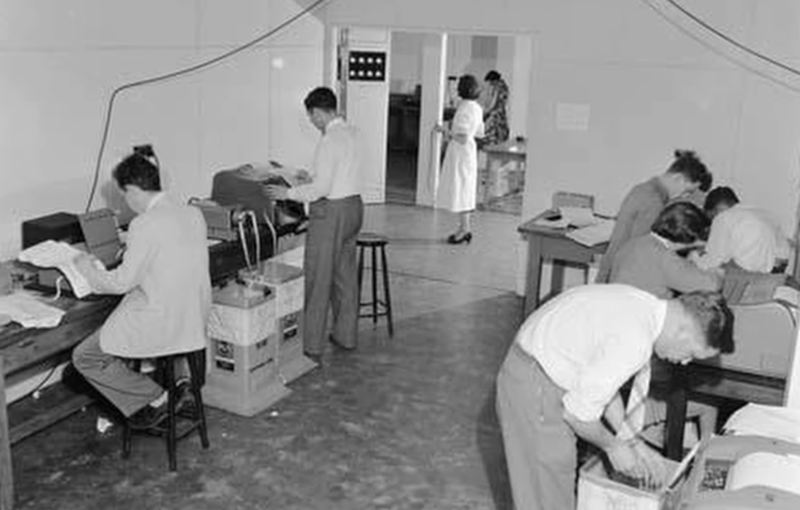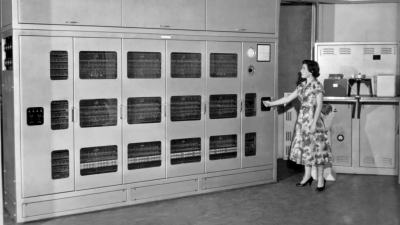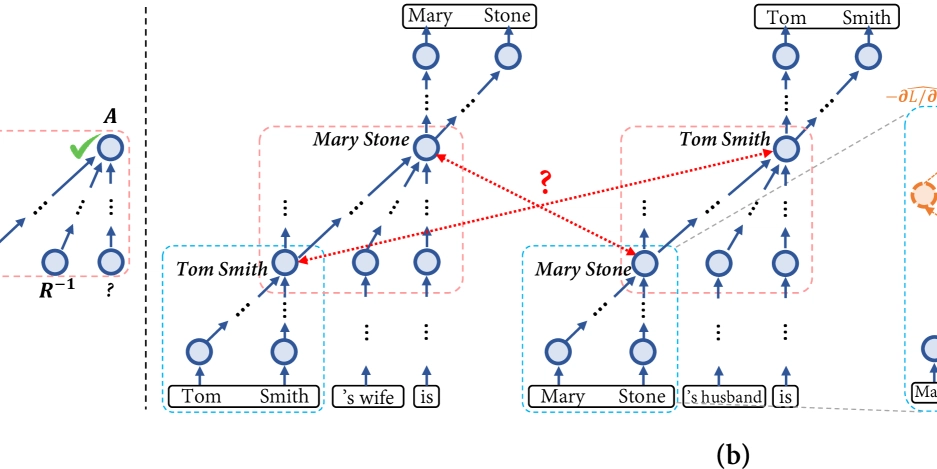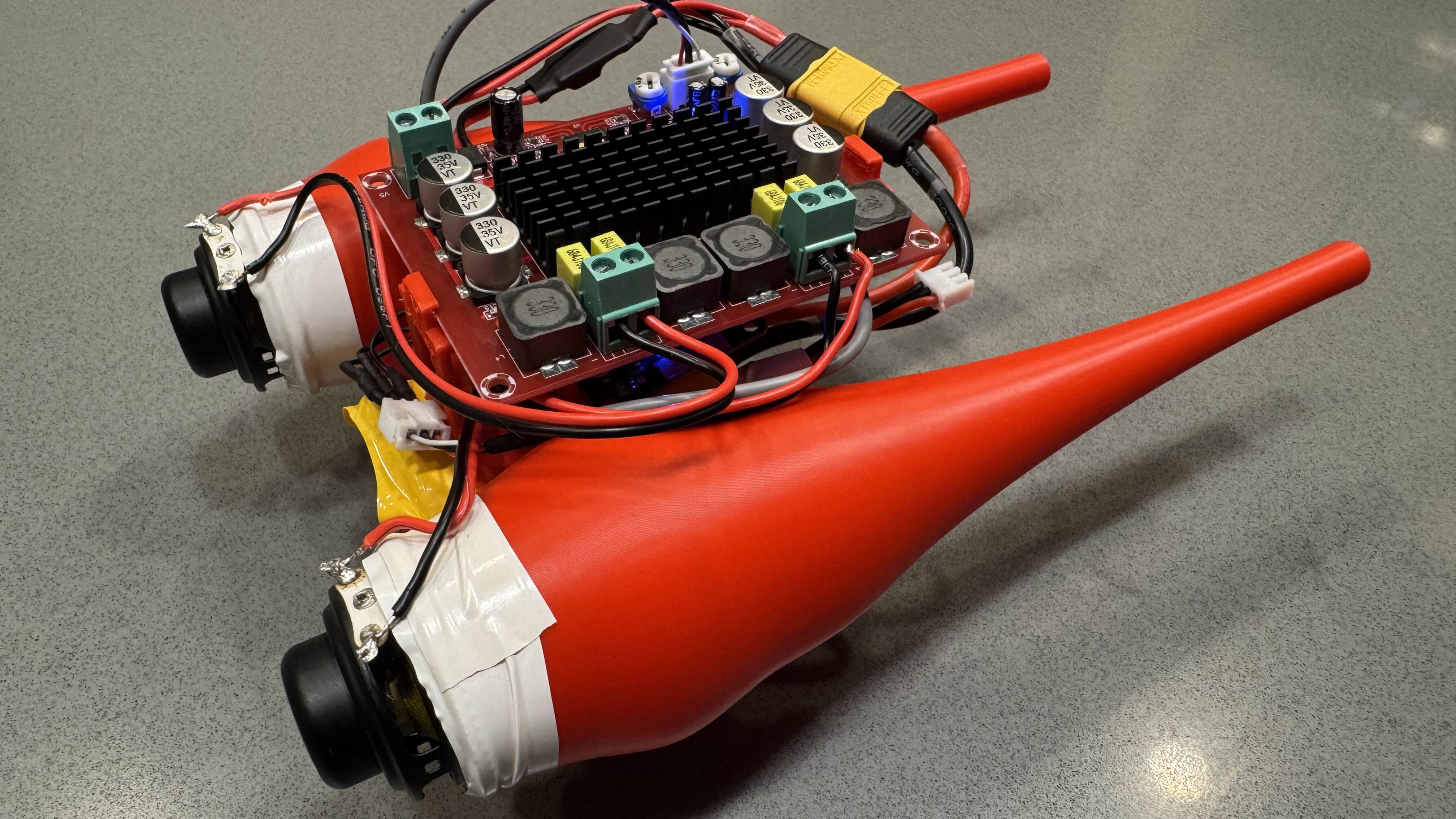Australia’s Silliac Computer
When you think about the dawn of modern computers, you often think about the work done in the UK and the US. But Australia had an early computer scene, too, …read more


When you think about the dawn of modern computers, you often think about the work done in the UK and the US. But Australia had an early computer scene, too, and [State of Electronics] has done a series of videos about the history of computers down under. The latest episode talks about SILLIAC, a computer similar to ILLIAC built for the University of Sydney in the late 1950s.

This episode joins earlier episodes about CSIRAC, and WREDAC. The series starts with the CSIR Mark I, which was the first computer in the southern hemisphere.
The -AC computers have a long history. While you often hear statements like, “…in the old days, a computer like this would fill a room,” SILLIAC, in fact, filled three rooms. The three meters of cabinets were in one room, the power supply in another. The third room? Air conditioning. A lot of tubes (valves, in Australia at the time) generate a lot of heat.
It is hard to put an exact cost on SILLIAC, but the original estimate was about AU£35,200. That sounds modest, but at the time, you could buy about ten suburban homes near Sydney for that price. Like most projects, the cost rose, and completion depended on a larger donation from a horse race. At the end, the cost was about AU£75,000!
SILLIAC had a reputation of being more reliable than some other computers based on the same design. That was probably because most computers use 6J6 tubes, but SILLIAC used 2C51 devices. Bell Labs created the 2C51 for use in undersea cables. Of course, they were also about six times the cost of a 6J6.
The computer did important work until 1968. It was, sadly, dismantled, but pieces of it are hanging around the Powerhouse Museum and at the University as display items.
This series is a great look at what was happening in the computer world south of the equator during these days. While SILLIAC is fascinating, you might want to start with episode 1. Supercomputers have come a long way.










































































































































































![[The AI Show Episode 142]: ChatGPT’s New Image Generator, Studio Ghibli Craze and Backlash, Gemini 2.5, OpenAI Academy, 4o Updates, Vibe Marketing & xAI Acquires X](https://www.marketingaiinstitute.com/hubfs/ep%20142%20cover.png)














































































































































































































































.jpg?#)















































































































































![YouTube Announces New Creation Tools for Shorts [Video]](https://www.iclarified.com/images/news/96923/96923/96923-640.jpg)

![Apple Faces New Tariffs but Has Options to Soften the Blow [Kuo]](https://www.iclarified.com/images/news/96921/96921/96921-640.jpg)
































































































































